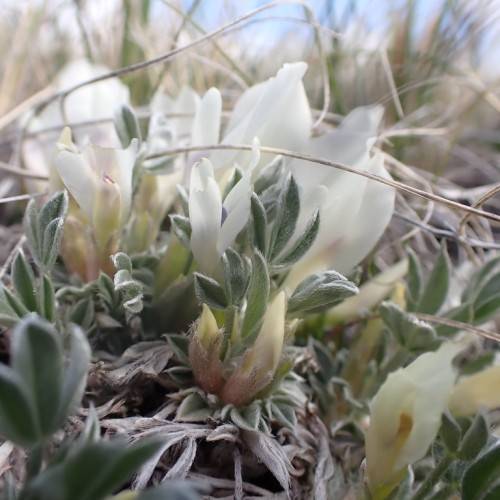
Three Leaf Milk Vetch
Astragalus gilviflorus
Also Known As - Plains Milk VetchWatering:
Minimal
Hardiness Zone:
Sun:
full sun,part shade
Fruits:
Fruits Ready In Summer
Leaf:
Yes
Growth Rate:
Low
Salt Tolerant:
Yes
Care Level:
Medium
watering
Flexile Milkvetch needs regular watering and should be watered regularly throughout the growing season, from late spring to mid-autumn. When watering, the soil should be kept moist, but not overwatered. To water, provide 1-2 inches of water once a week, always checking the soil to ensure it's not too dry or too drenched. In the wintertime, reduce watering to once a month and make sure that the soil around the plant is allowed to dry out between waterings. If soil is left too saturated for too long, the plant may rot.
sunlight
Flexile Milkvetch (Astragalus flexuosus) prefers full to partial sunlight. It should be grown in a spot that receives at least 6 hours of direct sunshine each day. Furthermore, it prefers the morning and early evening sunlight to be the most intense when it comes to light exposure. Since this species needs the light energy for photosynthesis, it’s best to not shade the plants too much. Partial afternoon shade can help to protect the plants from the harshest sun and high temperatures.
pruning
Flexile milkvetch (Astragalus flexuosus) should be pruned twice a year, once in late winter or early spring and once again in late summer or early autumn. Pruning in late winter/spring should focus on removing overgrown, dead, crossing, and excess vegetation in the plant. This helps to promote the growth of healthy, stronger stems which provides the plant with more resources for leaf and flower production. Pruning in late summer/early autumn should include removing any dead flowers, as well as any weak or dying branches. This will encourage stronger stems for next year's flowers. Pruning should be done carefully, taking into account the natural shape of the plant, and using proper pruning methods, such as cutting back to the comparable branch that is intact. Pruning more than twice a year is not recommended, as this can cause the plant to become weak and vulnerable to stress.
